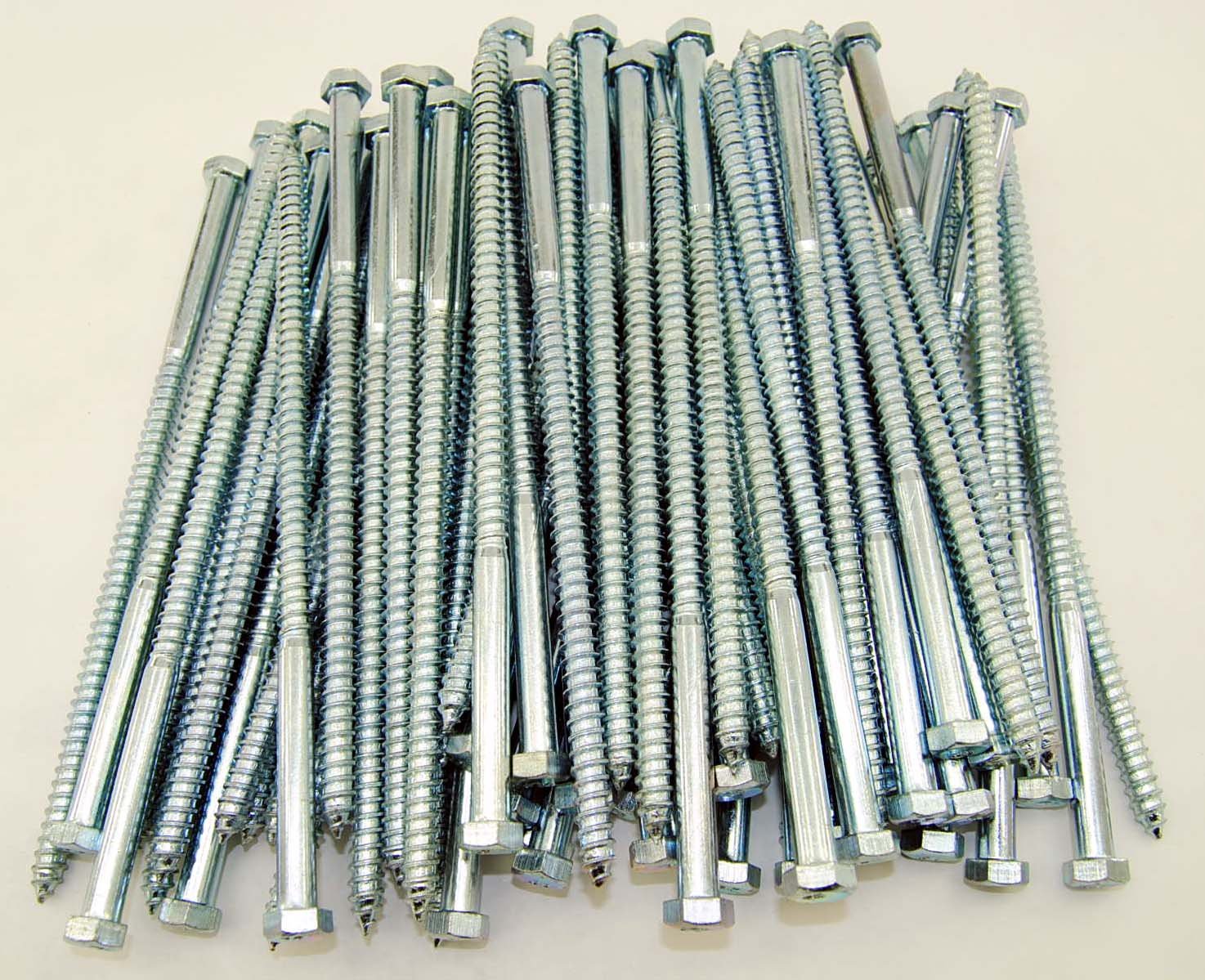The number of threads per inch is an essential descriptor for many fasteners. Depending on the size, it will often be used alongside either the diameter or thread pitch.
The difference between threads per inch and thread pitch is that TPI refers to the number of peaks in one inch while pitch is the distance between these peaks.
Number of Threads Per Inch
When discussing bolts and screws it is often necessary to know the TPI or threads per inch of the specific fastener. The TPI is a measurement of the number of peaks in an inch of length on a thread. It is a very simple measurement and is typically seen on the outside of the package with a series of numbers such as: 1/4-20 x 2. This means that there are 20 threads in an inch of length and this is an imperial thread size.
There are two common standards for threads in the US, Coarse and Fine, both of which use a TPI classification. The more important of these is the National Fine thread which is used on the majority of US fasteners and is also used in some metric fasteners. In order to guarantee predictably successful mating of male and female threads, standardization of thread form, size and finish must be established and followed.
Number of Ends Per Inch
A number of weaving initialisms have acronyms that rely on the number of warp ends per inch in a loom’s reed. In the weaving world, this number is known as EPI or warp sett.
When a thread is called out on a drawing, it’s common for the information to also include the nominal size and either the threads per inch or the thread pitch, depending on whether inch or metric standards are used. If the drawing only calls out the thread size, we can assume that it uses coarse pitch threads because these are the default for both ASME and ISO thread standards.
When comparing two different types of fasteners, knowing the TPI or TPM can be helpful in understanding their relationship. This value simply indicates the number of threads per inch for American-based bolts, while metric fasteners use a different measure, which is the distance between thread crests. Using a high-precision ruler or caliper, you can find the TPI for an imperial thread by counting the number of thread tips per inch or the TPM for a metric thread by measuring the distance between the crests on the thread.
Wraps Per Inch
Wraps per inch, or wpi, is a useful yarn hack for any knitter, crocheter, weaver or spinner. The wpi method simply involves wrapping your yarn around something that has a consistent circumference, like a pencil, for about an inch and counting how many wraps are made.
The number of wraps will help you determine what weight category your yarn falls into. Just remember that this is an approximate method and can be skewed by how tightly you wrap your yarn, so always do a gauge swatch before starting a project.
When you’re working with handspun or other yarn that doesn’t have a label, measuring wraps per inch is a great way to identify the weight and approximate gauge. Just be careful not to stretch the yarn too much, as that can also skew your results.
Pitch Per Inch
Usually, when you are looking at a threaded fastener on a drawing, you will see the thread diameter (major), minor, and pitch. The pitch is the distance between two adjacent thread peaks. There are different types of threads, and they are separated into Coarse and Fine threads based on their characteristics.
While you may think that the pitch is just an inverse of the threads per inch value, it’s actually more complicated than that. The thread pitch also includes a factor called the ‘pitch diameter limit’ or ‘H limit’, which is used to designate how close a tap should be cut to the actual pitch diameter of the thread.
A perfectly sharp V-thread would have a depth from crest to root equal to the pitch, but this is rarely achieved because of truncation and tolerance ranges. Knowing the PD allows engineers to determine the proper truncation and thread form for their specific project. They can then choose the proper thread size and number of starts to achieve the desired results.
